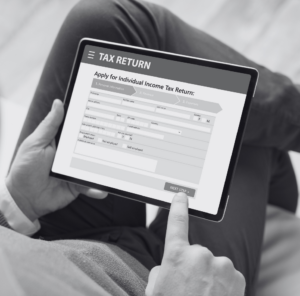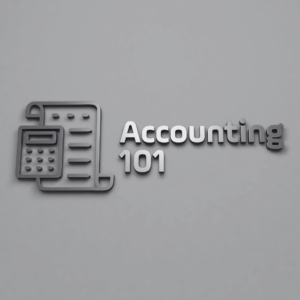Everything you need to know about a tax refund
What is it?
A tax liability is a payment owed by an individual, business, or other entity to a federal, state, or local taxing authority. Generally, you have a tax liability when you earn income or generate profits by selling an investment or other asset.
Various authorities impose taxes and use the funds to pay for services such as repairing roads, funding social programs and maintaining a military.
Businesses withhold income, Social Security and Medicare taxes from employee wages and send them to the federal government.
It is important to keep in mind that your tax liability does not only include the current year. Instead, it takes into account all years in which taxes are owed. This means that if back taxes are owed, these are also added to your tax liability.
The most common tax liability for Americans is earned income tax.
Property taxes are the largest source of state and local revenue in the country and help fund schools, roads, and other community services and projects. It is worth mentioning that the property tax can vary greatly depending on the state you are in.
A tax return is a form filed with the tax authority that reports relevant tax information. Tax returns allow you to calculate your tax liability, schedule tax payments or request refunds for overpayment of taxes. In general, tax returns have three main sections:
1.- Income
The most common method of reporting is Form W-2. Wages, dividends, self-employment income, royalties and capital gains must also be reported.
2.- Deductions
These reduce the tax burden and they vary considerably among jurisdictions, i.e. contributions to retirement savings plans, alimony paid, and interest deductions on some loans. For businesses, most expenses directly related to business operations are deductible.
3.- Tax credits
These are amounts that offset tax liabilities or taxes owed. Like deductions, they vary widely among jurisdictions. However, there are usually credits attributed to dependent child and elder care, pensions, and education.
After reporting income, deductions, and credits, the amount the taxpayer owes in taxes or the amount of overpaid taxes are identified.
The latter can be refunded or carried forward to the next tax year.
In the United States, tax returns are filed with the Internal Revenue Service (IRS) or with the state or local tax collection agency.
Some tax collection agencies provide individual taxpayers with completed tax returns, while others require the taxpayer to complete and file the returns on his or her own.
The individual income tax return is one of several forms used to report taxable income in the U.S. Businesses, corporations and nonprofit groups must file their own variations of the individual return.
Form 1040 is the two-page form used by almost all individual taxpayers and can be used to record income from wages, salaries, tips, capital gains, dividends, interest, unemployment compensation, pensions, annuities, Social Security, railroad retirement, and taxable scholarships.
Tax credits offset your tax liability on a dollar-for-dollar basis. If a tax credit is refundable, you will receive tax on all or part of the amount of the credit in excess of your tax liability.
In contrast, deductions are offsets to your income. The tax savings from a deduction is determined by applying your top marginal tax rate to the amount of the deduction.
If your marginal tax rate is lower than the deduction percentage, the credit will result in greater tax savings than the deduction.
Regardless of which method you choose to file your taxes, there are certain items you will need to have on hand:
-Names, dates of birth, and Social Security numbers for you, your spouse, and your dependents.
-The W-2 form you receive from your employer reports your income and taxes already paid on your behalf.
-Form 1099-NEC (non-employee compensation), which you should receive if you earned more than $600 working for a non-employer entity, worked on a contract basis or had a secondary job.
-Form 1099-MISC, which you should receive if you earned more than $600 in other income, including rent, prizes, fishing boat income, or crop insurance payments.
RELATED POSTS

Tax Refund
Everything you need to know about a tax refund What is it? A tax liability is a payment owed by an individual, business, or other

How to manage your personal budget
How to manage your personal budget With all the personal expenses you have nowadays to live, from renting a house to buying food, it can

Are you in the Medical Field? Our Tax Planning for Medical Professionals May be for You!
Are you in the Medical Field? Our Tax Planning for Medical Professionals May be for You! The medical field has always been one of the

How often should you visit your CPA in Orange County?
How often should you visit your CPA in Orange County? Regular visits to your doctor and dentist are the law. You don’t need anyone to

Accounting 101 why you need a good bookkeeper to help your business
Accounting 101 why you need a good bookkeeper to help your business In order to have good management of any company, regardless of its line

How to Prepare for Crypto Audits
How to Prepare for Crypto Audits The world of cryptocurrency is still a novelty for the vast majority of people and, therefore, a mystery. This
